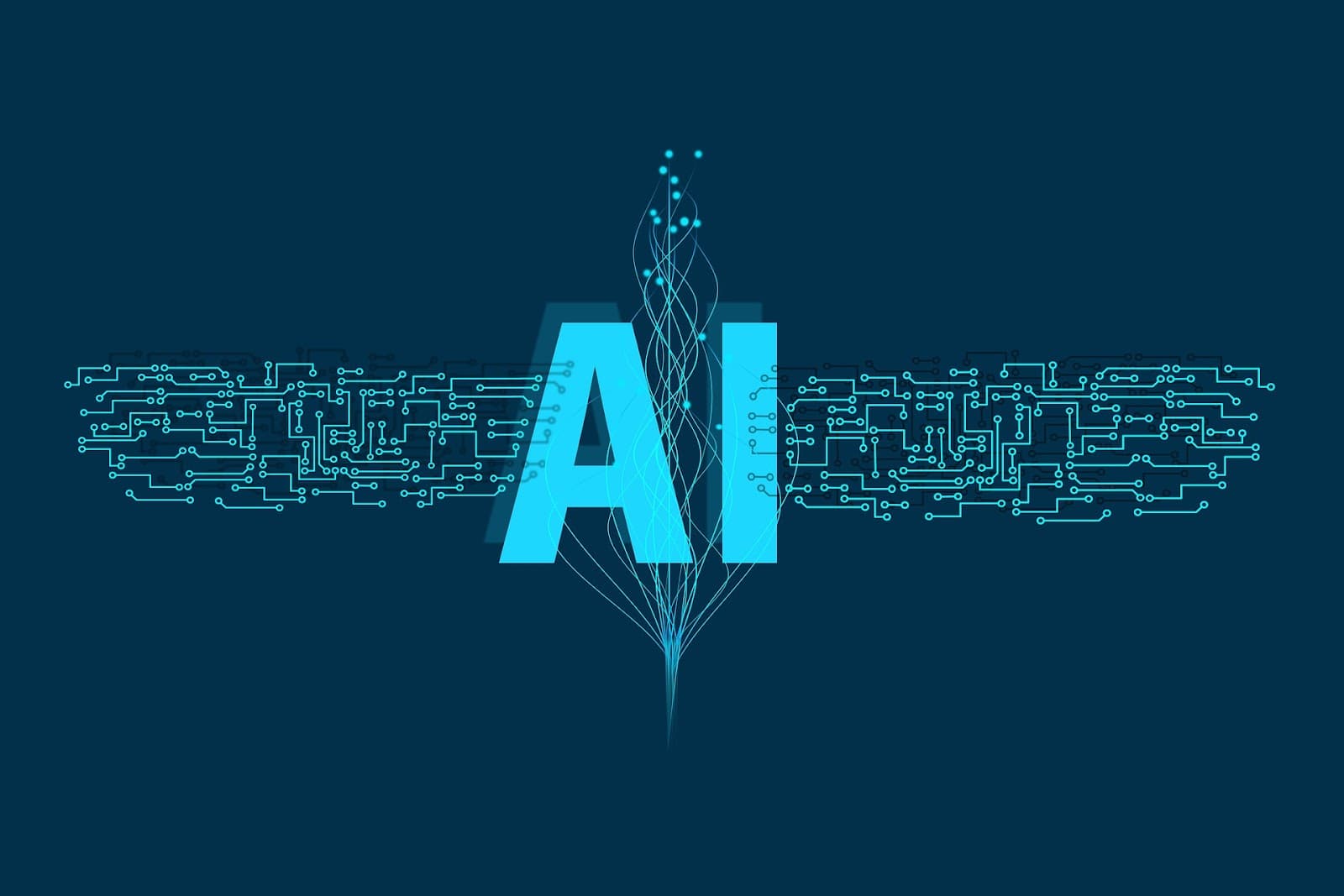
Introduction to AI Story Generators
There’s something quite intriguing happening in the literary world, a quiet revolution of sorts. It’s all thanks to AI story generators, these cutting-edge tools that are making waves in the realm of literature. Employing intricate techniques like natural language processing and machine learning, they’re spinning stories that are as distinct as they are compelling.
Just think about it, a tool that helps authors break free from the clutches of writer’s block, assists publishers in automating content creation, and offers readers a never-ending supply of fresh tales. In this piece, we’ll take a closer look at these AI story generators, delve into their abilities, the hurdles they encounter, and discuss some of the notable platforms that are currently making a splash in the market.
Capabilities of AI Story Generators
AI story generators can produce stories that are compelling, imaginative, and unpredictable. Here are some of the key capabilities of AI story generators:
Generating Stories from Prompts
AI story generators can generate stories from prompts given by humans. This means that a person can provide the algorithm with a prompt in the form of keywords, phrases, or even complete sentences, and the algorithm will generate a story that is relevant to it. Here’s how it works:
- Analyzing the Prompt: The first step in generating a story from a prompt is for the AI algorithm to analyze the prompt. This involves breaking it down into its constituent parts, identifying any key themes or concepts, and understanding the relationships between them;
- Using Machine Learning Techniques: Once the algorithm has analyzed the prompt, it can start using machine learning techniques to generate a story. This involves drawing on its knowledge of existing literature and identifying patterns that are relevant to the prompt. For example, if the prompt is “lost in the wilderness,” the algorithm might draw on stories of survival and adventure to generate a story that fits the theme;
- Generating the Story: With the prompt analyzed and the machine learning techniques applied, the AI story generator can start generating the story. This involves combining different elements to create a narrative that is coherent and compelling.
Creating Plots and Characters
AI story generators are software programs that use complex algorithms to analyze patterns in the existing literature and generate new stories based on those patterns. One of the key areas where AI story generators excel is in creating plots and characters that are unique and interesting. Here’s how they do it:
- Analyzing Existing Literature: The first step in creating plots and characters with AI story generators is to analyze existing literature. This is done by feeding the algorithm a large database of books, stories, and other written works. The algorithm then uses machine learning techniques to identify patterns in the text, such as common themes, character archetypes, and plot structures;
- Identifying Patterns: Once the algorithm has analyzed the existing literature, it can start identifying patterns. For example, it might identify that stories with a “rags to riches” plot tend to be popular, or that characters with a tragic flaw are more compelling than those without one. By analyzing these patterns, the algorithm can create new plots and characters that are likely to be successful;
- Generating New Stories: With the patterns identified, the AI story generator can start generating new stories. It does this by combining elements from different sources to create something entirely new. For example, it might take the plot structure of one book, the setting of another, and the character archetypes of a third to create a completely unique story.
Iterative Improvement
One of the key advantages of AI story generators is their ability to learn and improve over time through an iterative process. As the algorithm generates more stories and receives feedback from users, it can adjust its approach and create even better stories. Here’s how it works:
- Generating Stories: When an AI story generator first starts generating stories, it may not always get them right. Some stories may be irrelevant, uninteresting, or poorly written. However, with each story that it generates, it learns something new about the patterns and structures that make a good story;
- Receiving Feedback: To improve its performance, the AI story generator relies on feedback from users. Users can provide feedback on the stories generated by the algorithm, such as whether they liked the story or found it engaging. This feedback is used to train the algorithm to generate better stories in the future;
- Adjusting its Approach: With user feedback, the AI story generator becomes even better at its job. It’s similar to a good listener, taking in responses, criticisms, and suggestions from its audience. For instance, if it discovers that users consistently frown at a certain plot element, it’s smart enough to adjust and avoid that path in the future. It’s a continuous process of refinement for the AI, all with the goal of creating stories that resonate more deeply with its users.
Generating Dialogue
AI story generators do more than just create plots and characters. They also craft dialogue by analyzing human conversations, making it fit seamlessly into the narrative. Here’s how it works:
- Analyzing Human Conversations: The first step in generating dialogue with AI story generators is to analyze human conversations. The algorithm can be trained on a large dataset of human conversations, which can help it identify patterns and structures in the way people talk;
- Understanding Context: Once the algorithm has analyzed human conversations, it can start to understand the context of the story it is generating. This includes the personalities of the characters, the setting, and the events that are taking place. By understanding the context, the algorithm can generate dialogue that is relevant and appropriate to the story;
- Creating Dialogue: Think of it as a careful balancing act, intertwining the personalities of the characters with the unfolding events to create dialogue that’s engaging and authentic. It’s about making the conversation flow naturally, seamlessly fitting into the weave of the story.
Writing in Different Genres
AI story generators are capable of generating stories in a variety of genres, from romance and thriller to sci-fi and fantasy. They can analyze the conventions of each genre and create stories that conform to those conventions. Here’s how it works:
- Analyzing Genre Conventions: The first step in writing in different genres with AI story generators is to analyze the conventions of each genre. This involves identifying common themes, structures, and plot devices that are typically used in each genre. For example, in a romance novel, there is often a love triangle, while in a thriller, there is typically a hero and a villain;
- Understanding the Story’s Context: Once the algorithm has analyzed the conventions of the genre, it can start to understand the context of the story it is generating. This includes the setting, the characters, and the events that are taking place. By understanding the context, the algorithm can create a story that is appropriate and engaging for the specific genre;
- Creating a Story: With a clear understanding of the story’s context, it’s ready to weave a tale that comfortably fits within the genre’s boundaries. This crafty process involves mixing elements like character archetypes and plot devices to conjure up a story that’s not only engaging but also feels right at home in its specific genre.
Challenges Faced by AI Story Generators
While AI story generators have the potential to revolutionize the world of literature, they also face several challenges. Here are some of the key challenges faced by AI story generators:
Lack of Creativity
One of the biggest challenges faced by AI story generators is the lack of creativity. While these algorithms can produce stories based on existing patterns, they are limited in their ability to create truly unique and imaginative stories.
Lack of Understanding of Human Emotions
Another challenge faced by AI story generators is the lack of understanding of human emotions. While these algorithms can generate stories that are interesting and engaging, they may not be able to create stories that resonate with human emotions.
Overcoming Bias
AI story generators may also perpetuate biases that exist in society. If the algorithms are trained on literature that is biased, they may generate stories that perpetuate those biases.
Limited Vocabulary
AI story generators may also have a limited vocabulary, which can impact the quality of the stories they generate. The algorithms may struggle to find the right words to express complex ideas and emotions.
Popular AI Story Generator Platforms
There are several AI story generator platforms available in the market today. Here are some of the most popular ones:
GPT-3
GPT-3 is a language model developed by OpenAI. It has the ability to generate text in a variety of styles and genres. GPT-3 has been used to generate articles, stories, and even code.
AI Dungeon
AI Dungeon is an AI-powered text adventure game. Players can input prompts and the AI generates a story based on the prompt. The game has several modes, including fantasy, sci-fi, and mystery.
Hugging Face
Hugging Face is a platform that offers several AI models for natural language processing. These models can be used to generate stories, chatbots, and even translate languages.
Plot Factory
Plot Factory is a cutting-edge platform that equips writers with powerful AI-driven tools to generate complex plots and characters. With just a prompt, writers can tap into the platform’s robust algorithms to generate a relevant and engaging plot. Additionally, Plot Factory offers a collaborative space where writers can share their work with others and receive feedback, enhancing their creative process.
Write With Transformer
Write With Transformer is an innovative website that harnesses the power of GPT-2, a state-of-the-art language model developed by OpenAI. By simply entering a prompt, users can leverage the platform’s advanced algorithm to generate compelling and well-written stories.
How AI Story Generators Work
AI story generators work by using natural language processing and machine learning techniques to generate text. Here is a step-by-step process of how AI story generators work:
Data Collection
The first step in the process is data collection. The algorithm needs to be trained on a large dataset of existing literature to identify patterns and conventions. This dataset can be sourced from various online platforms such as books, articles, and websites.
Training the Algorithm
Once the dataset has been collected, the algorithm needs to be trained on the data. The algorithm uses machine learning techniques to identify patterns in the data and learns how to generate text that is similar to the data.
Generating Text
Once the algorithm has been trained, it can generate text based on prompts given by humans. The algorithm analyzes the prompt and generates text that is relevant to the prompt.
Refining the Text
The generated text may not be perfect, so the algorithm needs to refine the text to make it more coherent and readable. This can be done by using techniques such as language modeling and sentiment analysis.
Outputting the Text
Once the text has been refined, the algorithm outputs the text to the user. The user can then edit the text as they see fit.
Conclusion
AI story generators have the potential to revolutionize the world of literature. These algorithms can generate stories that are unique, engaging, and entertaining. While there are challenges that need to be overcome, such as the lack of creativity and the perpetuation of biases, the potential benefits of AI story generators are significant. With the help of these algorithms, authors can overcome writer’s block, publishers can automate the process of generating content, and readers can enjoy an endless stream of new stories.





